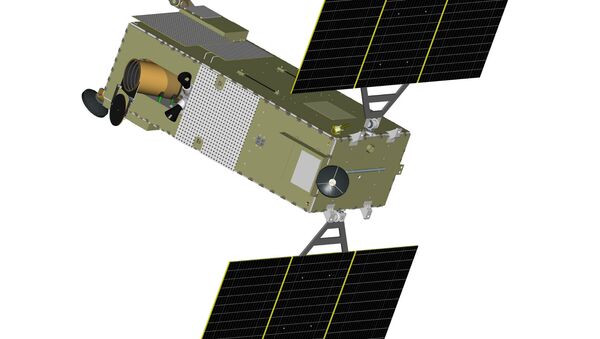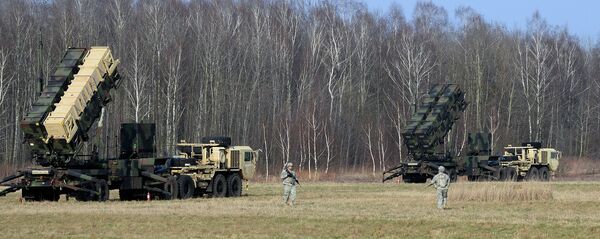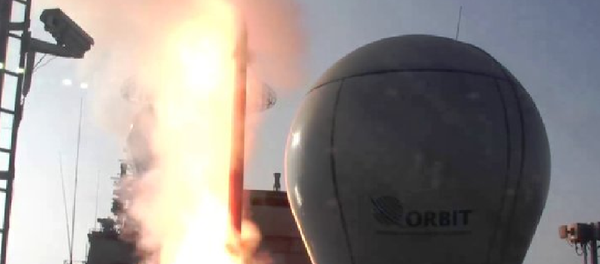“It’s an example of what can go wrong in defence procurement: Huge amounts of money just pissed away on things that should never have advanced beyond a study,” David K. Barton, a physicist and radar engineer who served on a National Academy of Sciences review panel of US missile-defence programs, told the newspaper.
PTSS was proposed by the US Department of Defence’s Missile Defence Agency in 2009 as a way of enabling the complete trajectory of an enemy missile to be followed, even when it had left the Earth’s atmosphere.
The ambitious, but unnecessary, system was supposed to use a constellation of infrared sensors in space to track a missile in the cold environment of space, and allow the US to follow a warhead all the way from “birth to death.”

The project was justified by its supporters as a necessary defence against what US hawks termed “rogue states” such as North Korea and Iran, but was officially discontinued in 2013.
The LA Times reported a host of reasons why the aborted program should have never left the drawing board. Among its outstanding findings, the investigation found that the system would have required twice as many satellites for the full coverage of the Northern Hemisphere, and that the satellites “would have been blind to warheads flying over the Arctic — one of the likely paths for missiles launched from Iran or North Korea.”
“The Missile Defense Agency’s cost estimate — $10 billion over 20 years — was way off. PTSS would have cost at least $24 billion over that time period, according to an independent assessment done for the Pentagon and Congress.”
“You could have done it on a napkin,” said Philip E. Coyle III, former director of operational testing and evaluation for the Pentagon, about the lack of vetting for the doomed project.
“All you had to do was put pencil to paper.”




